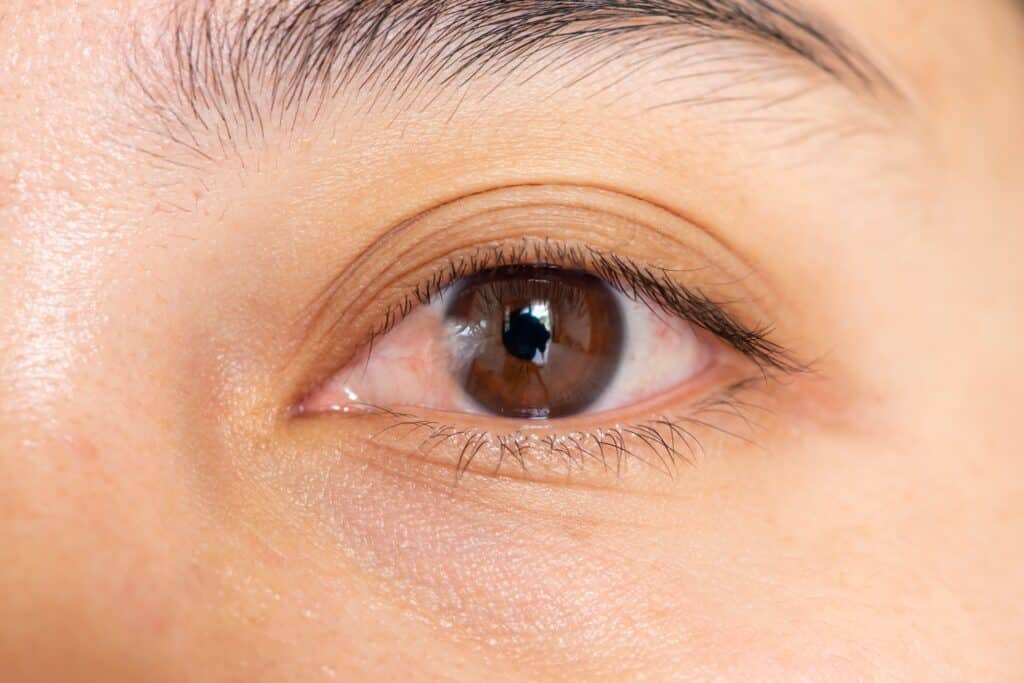
Pterygium Surgery services offered in Oviedo, FL
Consider pterygium surgery if you have a growth on your cornea that affects your vision or irritates your eye. At Central Florida Ophthalmology (CFO) in Oviedo, Florida, ophthalmologist and cataract and corneal surgeon Dr. Jeffrey R. Golen, MD, specializes in pterygium surgery. Dr. Golen boasts more than a decade of experience and takes a personalized treatment approach. Call Central Florida Ophthalmology today to request a pterygium surgery consultation, or make your appointment online.
Pterygium Surgery Q&A
What is pterygium surgery?
Pterygium surgery is an outpatient procedure that removes a benign conjunctival growth from the surface of your eye. Conjunctiva is the clear tissue that lines the whites of your eyes and the insides of your eyelids.
Anyone can develop a pterygium, but they’re most common in middle-aged people who spend lots of time outdoors. Long-term exposure to the sun’s ultraviolet (UV) rays may trigger their growth onto the cornea, which can put your vision in jeopardy, especially as the growth progresses toward the center of the cornea.
Who can benefit from pterygium surgery?
You may be a candidate for pterygium surgery if you have a growth on your eye that causes redness, irritation, or blurry vision. That’s especially true if you feel a burning sensation or itchiness that affects your routine. Often these growths are visible to the naked eye, and patients may be aware of their presence, especially when they look in the mirror with bright lighting.
How do I prepare for pterygium surgery?
Before you undergo pterygium surgery, Dr. Jeffrey R. Golen, MD completes a comprehensive eye exam and tells you how to prepare. You may need to fast for at least 12 hours before the procedure, only drinking water. If you wear contacts, Dr. Golen asks you to remove them and wear glasses at least 24 hours before surgery. You may need to get a medical clearance from your primary care provider. Pterygium surgery is typically done under mild to moderate sedation (“twilight anesthesia”). It may take several hours for the anesthetic to wear off, so you will need a friend or family member to drive you home.
What does pterygium surgery involve?
Pterygium surgery is a three-step process that takes 20-45 minutes.
Step 1
Anesthesia and surgical prep
On the day of your procedure, you will first receive local anesthetic (numbing eye drops) and get an IV placed into a vein in your arm in the preoperative area. You will lie face-up on an operating table. You will then be taken back to the operating suite. The anesthesiologist or nurse anesthetist then administers sedation anesthesia through the IV. The anesthetic makes you relaxed and drowsy. After this, your eye, eyelid, and the surrounding area are carefully cleaned with pre-surgical antiseptic. Dr. Golen will then administer more topical and local anesthetic at the beginning of the case.
Step 2
Removal of the pterygium
Dr. Golen carefully removes the pterygium and surrounding conjunctival tissue from the surface of your eye. He uses various techniques to decrease bleeding and prevent pain.
Step 3
Tissue graft
After removing the pterygium from the surface of your eye, Dr. Golen replaces it with a graft of conjunctival tissue from the same eye. The graft dramatically aids in the healing process and helps to prevent pterygium growths from recurring.
What is recovery like after pterygium surgery?
After pterygium surgery, Dr. Golen with give you topical medications and then covers your eye with a patch and moves you to a recovery suite for observation. It’s normal for your eye to feel somewhat sore and irritated. Don’t scratch or rub it, as this may dislodge the graft and affect your healing process.
Call the practice of Dr. Jeffrey Golen today to learn more about pterygium surgery, or make your appointment online.
